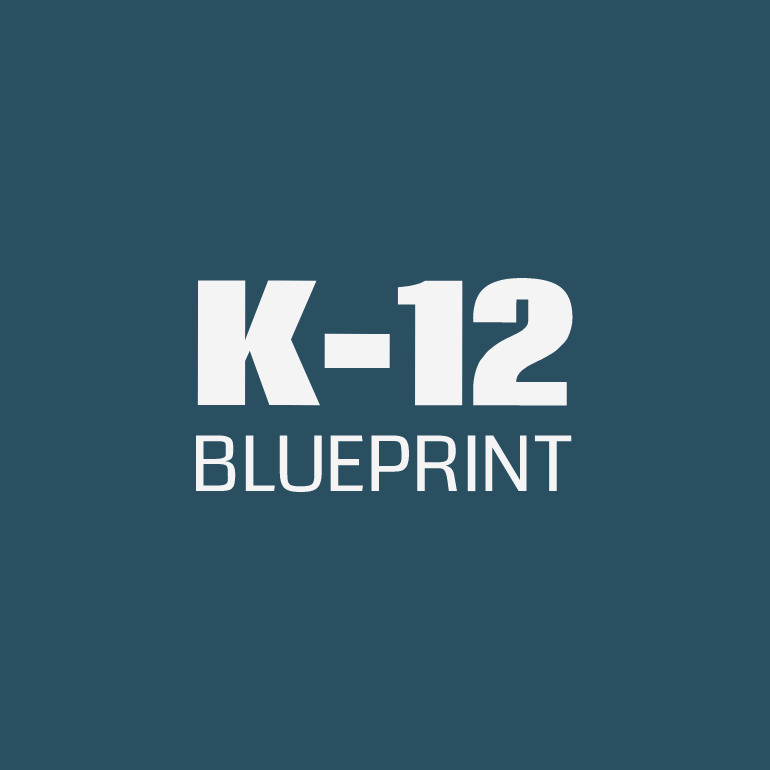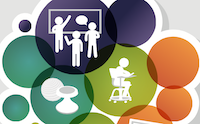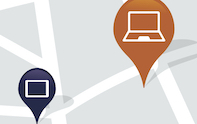Learning Analytics
Learning analytics is the collection, analysis, and reporting of data about learners in order to understand and optimize learning. The K-12 Blueprint Learning Analytics toolkit - developed with generous support from CDW-G* - includes resources and materials to help school leaders make the best decisions to ensure the greatest learning for all students.

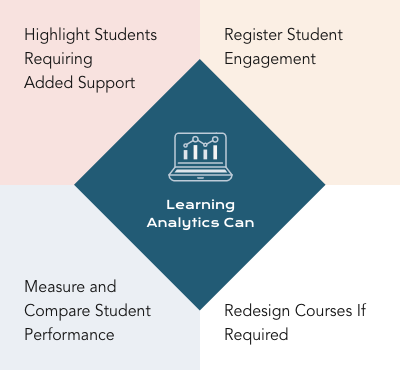
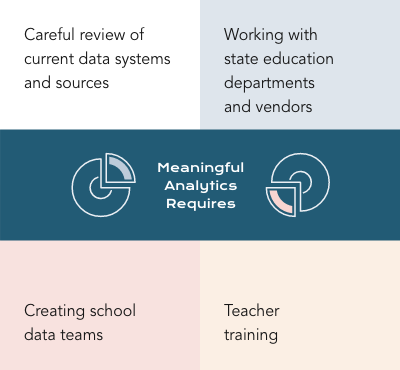
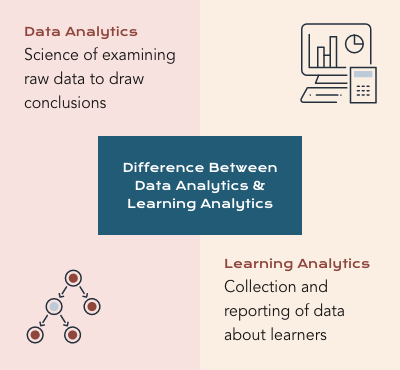
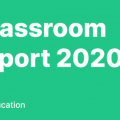 |
News The 2020 GitHub Education Classroom ReportThe 2020 GitHub Education Classroom Report captures key insights into the student developer toolchain, how students are learning real-world workflows, and expectations around technical coursework. |
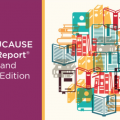 |
News The 2021 EDUCAUSE Horizon Report | Teaching and Learning EditionThe latest EDUCAUSE Horizon report grapples with where our post-pandemic future may be headed, providing deep insights into student wellness and equity. |
